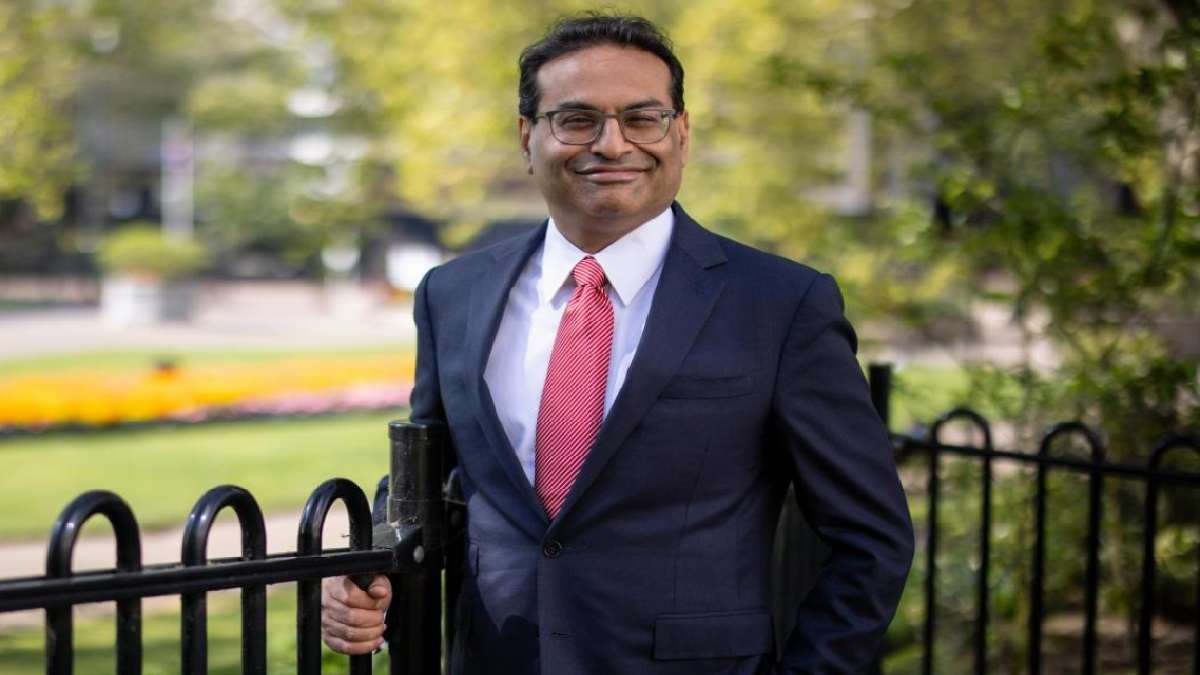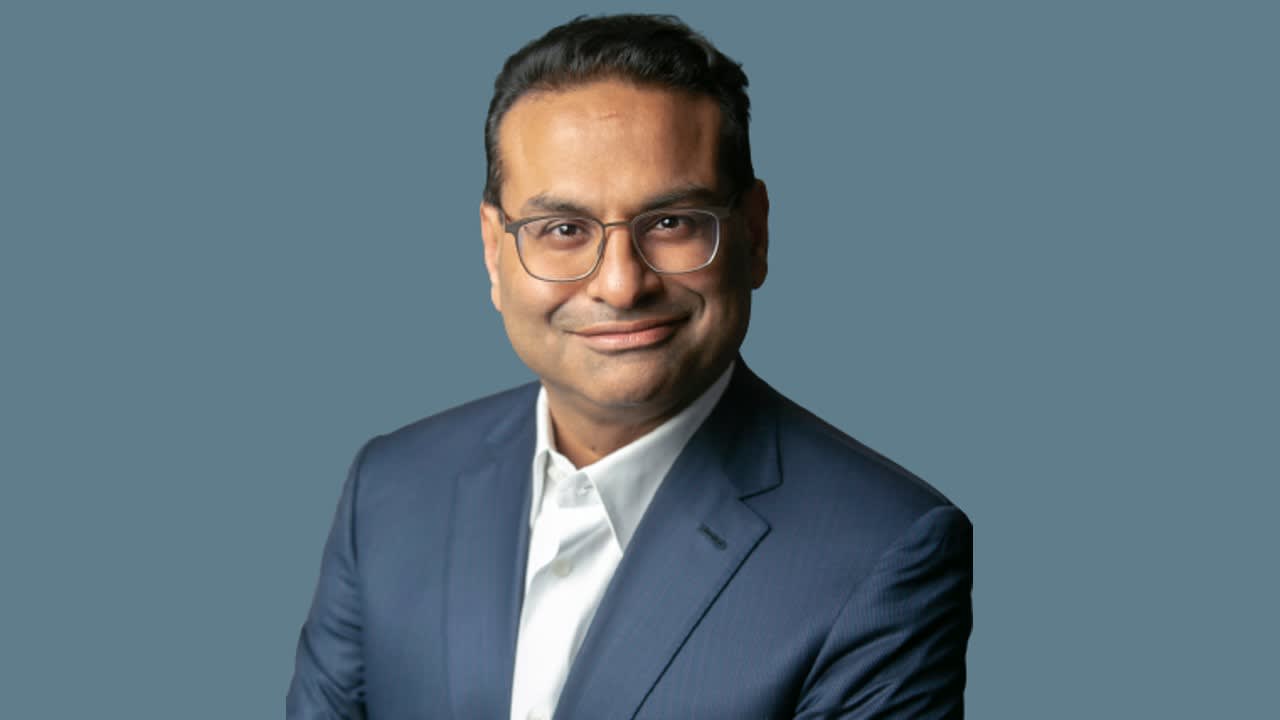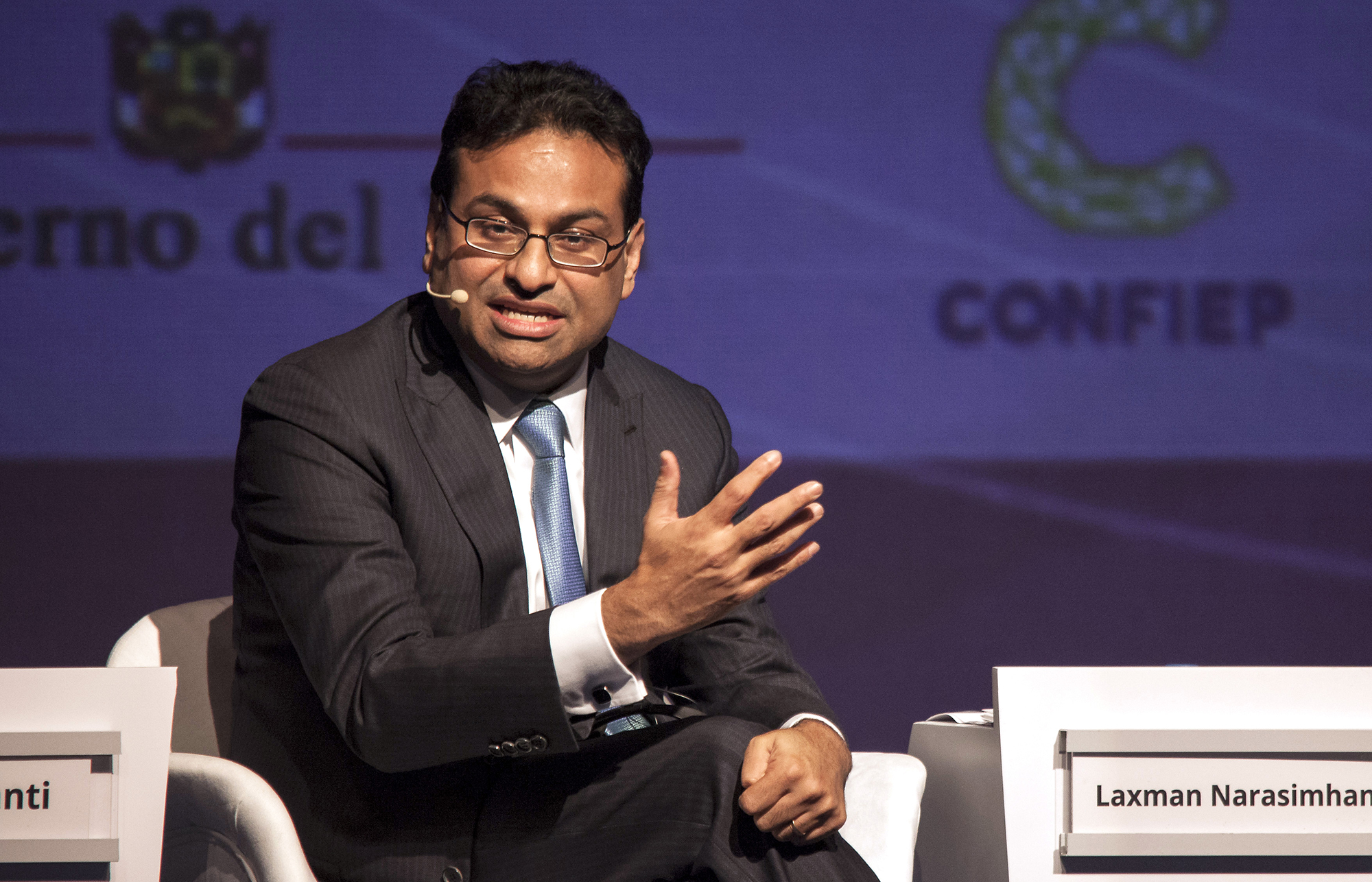Laxman Narasimhan’s Career Journey: Ceo Laxman Narasimhan

Laxman Narasimhan is a prominent business leader known for his strategic vision and transformative leadership. His career journey spans across diverse industries, showcasing his adaptability and ability to navigate complex business landscapes. This journey is marked by significant milestones and notable achievements, providing valuable insights into his leadership style and management strategies.
Early Career and Rise at PepsiCo
Narasimhan’s career began at PepsiCo in 1999. His initial role involved developing and implementing marketing strategies for the company’s beverage portfolio in the United States. He quickly rose through the ranks, demonstrating his analytical skills and strategic thinking. His early years at PepsiCo were marked by his involvement in key initiatives, such as the launch of new product lines and the development of innovative marketing campaigns. He played a crucial role in expanding PepsiCo’s presence in emerging markets, showcasing his ability to adapt to diverse cultural contexts.
Key Positions and Achievements at PepsiCo, Ceo laxman narasimhan
Narasimhan’s career at PepsiCo was characterized by his progression through increasingly responsible roles. He held various leadership positions, including:
- Senior Vice President, Global Beverages: In this role, he oversaw the development and execution of global marketing strategies for PepsiCo’s beverage brands, including Pepsi, Mountain Dew, and Gatorade.
- Chief Executive Officer, PepsiCo Latin America: As CEO of PepsiCo’s Latin American operations, he spearheaded the company’s expansion into new markets and led efforts to optimize its supply chain and distribution network. This experience provided him with valuable insights into managing diverse teams and navigating complex geopolitical landscapes.
- Chief Executive Officer, PepsiCo Asia, Middle East, and Africa: This role further expanded his global reach, giving him experience in managing a vast and diverse geographic region. He led the company’s growth in emerging markets, focusing on building strong brand presence and expanding its product portfolio.
Narasimhan’s tenure at PepsiCo was marked by significant achievements, including:
- Driving growth in emerging markets: He spearheaded PepsiCo’s expansion into new markets, particularly in Asia, Middle East, and Africa, contributing to the company’s global reach and revenue growth.
- Optimizing supply chain and distribution networks: Narasimhan implemented strategic initiatives to improve PepsiCo’s supply chain and distribution network, enhancing operational efficiency and customer satisfaction.
- Developing and launching innovative products: He played a key role in developing and launching new products, contributing to PepsiCo’s product portfolio diversification and market competitiveness.
Transition to Starbucks and Leadership Style
In 2019, Narasimhan made a significant career move, transitioning from PepsiCo to Starbucks, taking on the role of Chief Operating Officer. This move presented both challenges and opportunities. While Starbucks was a different industry, Narasimhan’s experience in global expansion and brand management proved valuable. He was tasked with driving growth and innovation within Starbucks, focusing on enhancing the customer experience and expanding the company’s digital presence.
Narasimhan’s leadership style is characterized by:
- Data-driven decision making: He emphasizes the importance of using data and analytics to inform strategic decisions, ensuring a fact-based approach to problem-solving.
- Customer-centric focus: He prioritizes understanding and meeting customer needs, emphasizing the importance of delivering exceptional customer experiences.
- Empowering employees: Narasimhan believes in creating a culture of empowerment, encouraging employees to take ownership of their work and contribute to the company’s success.
- Strategic partnerships: He values collaboration and forging strategic partnerships to drive innovation and expand market reach.
Starbucks Under Laxman Narasimhan’s Leadership

Laxman Narasimhan, appointed CEO of Starbucks in October 2022, inherited a company facing significant challenges. These included declining customer satisfaction, heightened employee dissatisfaction, and a need to reinvigorate the brand in a competitive market. Narasimhan’s leadership has been characterized by a focus on operational efficiency, customer experience, and employee empowerment, all aimed at revitalizing the Starbucks brand and driving sustainable growth.
Key Initiatives and Strategies
Narasimhan’s leadership has been marked by a series of strategic initiatives designed to address the challenges facing Starbucks. These initiatives are multifaceted and encompass various aspects of the company’s operations.
- Operational Efficiency: Narasimhan has emphasized operational efficiency by streamlining processes, reducing costs, and optimizing supply chains. This includes investing in technology to enhance order accuracy and speed up service times. For example, the company has been implementing digital ordering and payment systems to improve the customer experience and reduce wait times.
- Customer Experience: Narasimhan has placed a strong emphasis on enhancing the customer experience, recognizing that customer satisfaction is crucial for long-term success. This includes investing in new store designs, improving the quality of coffee and food offerings, and introducing new beverage innovations. The company has also focused on creating a more welcoming and personalized experience for customers, with initiatives like personalized recommendations and customized orders.
- Employee Empowerment: Narasimhan has recognized the importance of employee morale and empowerment. He has implemented initiatives to improve employee wages and benefits, create a more inclusive and supportive work environment, and provide more opportunities for career advancement. This includes investing in training and development programs to equip employees with the skills they need to succeed.
- Brand Revitalization: Narasimhan has focused on revitalizing the Starbucks brand by emphasizing its core values and its commitment to ethical sourcing and sustainability. This includes highlighting the company’s efforts to support coffee farmers and communities around the world. The company has also been working to strengthen its brand image by focusing on its unique coffee culture and its commitment to creating a welcoming and inclusive atmosphere for all customers.
Comparison with Previous CEOs
Narasimhan’s leadership style and approach to Starbucks differ in some key aspects from those of his predecessors. While Howard Schultz, the company’s founder, focused on creating a strong brand identity and building a loyal customer base, Narasimhan has taken a more data-driven and analytical approach. He has emphasized operational efficiency, technological innovation, and a focus on data-driven decision-making.
Impact of Narasimhan’s Leadership
It is still early to assess the full impact of Narasimhan’s leadership on Starbucks. However, initial signs suggest that his initiatives are having a positive effect. The company’s financial performance has improved, with revenue growth and increased profitability. Customer satisfaction has also shown signs of improvement, with customer feedback indicating a more positive experience. Employee morale has also been boosted by initiatives aimed at improving working conditions and benefits.
“We are committed to creating a company that is both profitable and purpose-driven, and we believe that our focus on operational efficiency, customer experience, and employee empowerment will enable us to achieve this goal.” – Laxman Narasimhan, CEO of Starbucks
Future Outlook for Starbucks and Laxman Narasimhan

As Starbucks embarks on a new chapter under Laxman Narasimhan’s leadership, the company faces a complex landscape of opportunities and challenges. The coffee giant must navigate a rapidly evolving market characterized by heightened competition, shifting consumer preferences, and a volatile global economic environment. Narasimhan’s strategic vision and leadership will be crucial in steering Starbucks toward sustainable growth and maintaining its position as a global coffee leader.
Navigating Market Competition and Consumer Preferences
The coffee market is increasingly competitive, with established players like Dunkin’ Donuts, Peet’s Coffee, and local roasters, along with emerging brands and convenience store chains, vying for market share. Consumer preferences are also evolving, with a growing demand for specialty coffee, ethical sourcing, and personalized experiences. Starbucks must adapt to these dynamics to maintain its appeal and relevance.
- Innovation and Product Differentiation: Starbucks can leverage its strong brand equity and R&D capabilities to introduce innovative products and experiences that cater to evolving consumer tastes. This could include expanding its specialty coffee offerings, exploring new beverage categories, and introducing personalized customization options.
- Strengthening Digital Engagement: Starbucks has already made significant strides in digital engagement, with its mobile ordering and loyalty programs. Further enhancements to its digital platforms, including personalized recommendations, mobile payments, and seamless delivery options, can enhance customer experience and drive loyalty.
- Expanding Global Reach: Starbucks has a significant presence in international markets, but there is room for further expansion. Narasimhan can focus on strategic growth in emerging markets with high coffee consumption potential, while also strengthening its presence in existing markets.
Leveraging Narasimhan’s Experience and Vision
Narasimhan’s experience in consumer goods, technology, and emerging markets brings a unique perspective to Starbucks. His leadership is expected to drive a strategic shift toward innovation, digital transformation, and global expansion.
- Focus on Digital Transformation: Narasimhan’s background in technology will be crucial in accelerating Starbucks’ digital transformation efforts. This includes optimizing online ordering, enhancing mobile payment capabilities, and leveraging data analytics to personalize customer experiences.
- Sustainable Growth Strategies: Narasimhan’s commitment to sustainability aligns with Starbucks’ long-term goals. He can drive initiatives that address environmental and social responsibility, such as sourcing coffee beans ethically, reducing waste, and supporting local communities.
- Strategic Acquisitions and Partnerships: Narasimhan’s experience in mergers and acquisitions can be leveraged to identify strategic acquisitions or partnerships that expand Starbucks’ product offerings, geographic reach, or technological capabilities.
Ceo laxman narasimhan – Laxman Narasimhan, the new CEO of Chipotle, has big shoes to fill. He’s got a lot on his plate, including navigating the current economic climate and ensuring Chipotle’s continued growth. One key area he’ll be watching closely is CMG stock , which is a good indicator of investor confidence in the company’s future.
Ultimately, Narasimhan’s success will hinge on his ability to execute a strategy that resonates with both customers and investors.
Laxman Narasimhan, the new CEO of Starbucks, has big shoes to fill. He’s taking the reins from Howard Schultz, a legendary figure in the coffee world. To get a sense of the challenges Narasimhan faces, check out brian niccol linkedin , a profile that highlights the complexities of the restaurant industry.
Narasimhan will need to leverage his experience in consumer goods to navigate the competitive landscape and maintain Starbucks’ position as a global coffee powerhouse.
